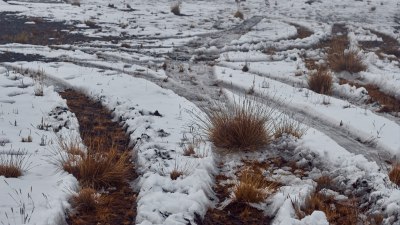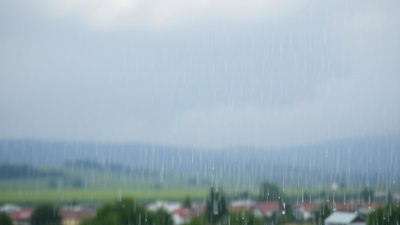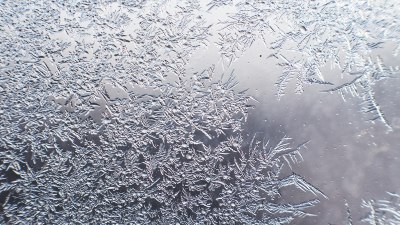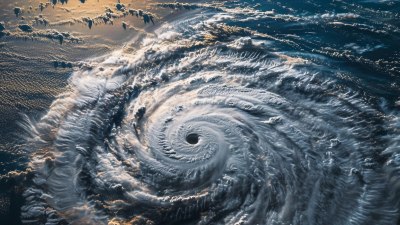What Causes the Rapid Melting of Snow in Early Months
Explore the factors influencing rapid snow melting in early months and its environmental impact.

The rapid melting of snow in the early months of the year, particularly in late winter and early spring, is a complex phenomenon influenced by a variety of climatic and environmental factors. Understanding these causes is crucial for predicting snowmelt patterns, which can have significant implications for water supply, ecosystem dynamics, and climate change. In this article, we will delve into the various factors that contribute to the rapid melting of snow, with a focus on temperature fluctuations, sun exposure, humidity levels, and the role of human activities.
Temperature Fluctuations
Temperature rises are one of the primary drivers of snowmelt in early months. As spring approaches, sunlight becomes stronger, and average daily temperatures begin to increase. This gradual warming can cause surface temperatures of snowpack to exceed the freezing point, leading to melting. Additionally, warm air masses may move into regions previously experiencing cold temperatures, exacerbating snowmelt rates. The impact of consistent temperature increase can be particularly pronounced when compared to the preceding winter months, where persistent below-freezing temperatures can maintain a stable snowpack. In regions with greater variability between winter and spring temperatures, snowmelt can be more abrupt.
Solar Radiation
Solar radiation plays a significant role in the melting process of snow. As the days lengthen and the angle of the sun shifts, the intensity of solar radiation increases, contributing to quicker melt rates. The albedo effect, which refers to how much sunlight is reflected by a surface, is crucial; fresh, light-colored snow has a high albedo, reflecting most of the solar energy. However, as snow ages and becomes compacted or dirty, its albedo decreases, causing it to absorb more solar energy and melt faster. This is especially true in early spring months when fresh snow from winter begins to sag and deteriorate quickly due to increasing solar exposure.
Humidity and Cloud Cover
Humidity levels also affect snowmelt. High humidity conditions can create a warming effect and lead to the deposition of latent heat, which can accelerate snowmelt even if temperatures remain just below freezing. On the other hand, cloudy days can result in less solar radiation reaching the snow surface, potentially slowing the melting process. However, during early months, the balance of moisture and heat often tips in favor of rapid melting. This is particularly evident in regions where warm moist air can override colder conditions, resulting in increased melt rates.
Wind Patterns
Wind is another factor that influences snowmelt. Increased wind speeds can lead to enhanced evaporation, removing moisture from the snowpack and contributing to its rapid melting. Wind can also mix warmer air with colder air, thus elevating temperatures around the snow surface. In some instances, strong winds can even create localized melting or wind scouring, where snow is blown away from certain areas, causing uneven melt patterns. This wind-related melting can lead to decreased snowpack stability, influencing water resources and ecological systems in the surrounding environment.
Ground Temperatures
The heat radiating from the ground is critical for snowmelt, especially in regions where the ground is already warm from prior seasons. As snow lies on ground that has absorbed heat during the day, it can lead to faster melting rates. Furthermore, urban areas with sprawling infrastructure can create heat islands, where surrounding temperatures are significantly higher than in rural areas. This phenomenon can exacerbate snowmelt in cities and highly developed regions, affecting local waterways and water supply systems.
Climate Change Influence
In recent decades, climate change has altered snowmelt patterns worldwide. Rising global temperatures are shifting seasonal norms, resulting in earlier snowmelt and changes in precipitation patterns. Climate models predict that milder winters will lead to less snowfall and, subsequently, less snow to melt in the spring. This can create challenges for water management and natural ecosystems, especially in areas that rely on snowmelt as a critical water source in warmer months. The potential decrease in snowpack depth can also lead to recruitment failure for certain plants and animals that depend on consistent snow cover for survival.
Human Activities
Human activities, such as land use changes, urbanization, and greenhouse gas emissions, also significantly impact snowmelt. Urbanization leads to the creation of impervious surfaces that heat more rapidly than natural landscapes, increasing local temperatures. In addition, deforestation and agricultural practices can change surface characteristics, further altering snowmelt dynamics. Efforts to mitigate climate change, including reducing greenhouse gas emissions and enhancing soil and vegetation health, can also have positive impacts on the rate of snowmelt in affected regions.
In conclusion, the rapid melting of snow in early months is a multifaceted process driven by temperature fluctuations, solar radiation, humidity, and human intervention. Recognizing these influences can support better water resource management and climate adaptation strategies. As climate change continues to shape our environments, understanding these dynamics will be essential for maintaining ecological balance and ensuring the sustainability of water supplies. With the right approaches, communities can adapt to changing snowmelt patterns, safeguarding their futures and the ecosystems they depend on.











